Buy or gift a stand-alone digital subscription and get unlimited access to dozens of back issues for just £18.99 / $18.99 a year.
Please register at www.exacteditions.com/digital/cornucopia with your subscriber account number or contact subscriptions@cornucopia.net
Buy a digital subscription Go to the Digital EditionAll truffles conceal heady charms beneath a rough exterior. But Turkey’s truffles are a democratic luxury – far less costly than France’s precious and more pungent tubers.
According to Plutarch, “Lightning gives rise to the truffle when it strikes the ground.” Not so fanciful: just the other day I tracked down a truffle broker from Konya so as to find out more about truffles, and almost his first words to me were, “The villagers are waiting for the April rains and thunderstorms to bring them a good harvest.”
There is still some mystery about the truffle’s exact connection with lightning and atmospheric storms. Recent experiments using electric shocks and waves have established that electricity does indeed have a positive effect on truffle growth, but it is not certain quite how it takes place. Perhaps one day mycologists will come up with a definitive answer.
The life-cycle of this fragrant subterranean fungus, the black diamond of haute cuisine, is better understood. Truffles develop in the ground under certain trees or plants. There is a symbiosis between the host plant and the fungus in the form of an exchange of nutrients. The truffle’s roundish fruiting body, or ascocarp, grows next to the roots of the tree or plant and functions like an extended root, supplying its host with nitrogen, phosphorus, water and mineral salts. The fungus, in return, benefits from the carbon and other nutrients in the plant’s foliage.
Storing all that energy from the heavens while symbolising the mystery of the earth, the truffle has been considered sacred since time immemorial, a belief strengthened by its legendary healing properties. In his fourteenth-century book of remedies, Hızır Hacı Pasha – who knew the truffle as tomalan – wrote that truffle juice “polishes the eyesight”. Today the juice is still used in folk medicine as eyedrops. And modern research confirms that it has both antiviral and antimicrobial properties.
Today the pinnacle of the truffle world is occupied by pungent French or Italian varieties: the black truffle of Périgord (Tuber melanosporum), or the white Alba truffle from Piedmont (Tuber magnatum). But the ancient Roman jet set prized an altogether less pungent kind known as the desert truffle, or Terfezia. Botanically it is quite distinct from the genus Tuber. A friend from Damascus remembers terfez, as they are known in Arabic, arriving in the market every spring and his mother using them to prepare kebabs, stews and delicate salads. He also recalls the endless soaking and washing needed to get rid of the desert sand. These creamy-coloured nuggets used to grow in abundance in the valleys of the Euphrates, roughly where Syria and Iraq meet today.
Turkey has more than her fair share of truffles, of which the most sought-after is the keme (Terfezia boudieri), which grows in the east and south of Anatolia. Related to the desert truffle, it is coal-black, bitter-chocolate or ochre in colour and is collected in spring, after the April rains. Around the towns of Malatya, Urfa, Mardin and Elazığ, it is dug up in the wild by villagers and consumed locally or sold in seasonal markets. The nearby city of Gaziantep is rightly famed for its wealth of dishes prepared with keme.
Another friend, Philip Iddison, a skilful engineer, observant traveller and dedicated gourmet, first discovered keme in Gaziantep exactly ten years ago, one day in May. He describes the encounter in Leaves from a Turkish Notebook: “We expected and spotted keme, looking like small potatoes, in the bazaar and promptly bought 250g for TL 2,000 (80p)… The fungi were covered in fine mud and had to be soaked and brushed repeatedly to get them clean, revealing a roughish dark black skin. Sliced, they had a firm consistency and the flesh inside the thin skin was orangey-pink with a marbled look to it… These were brushed with oil and barbecued successfully, the keme retaining its firm texture and having a good nutty flavour reminiscent of almond.” They were far tastier, he adds, than those he sampled in Kuwait.
In Gaziantep keme are harvested in the pistachio orchards for which the town is also famous. The Konya plain, in central Anatolia, produces truffles known as domalan (from the old Turkish verb domalmak, to rise – they sometimes create little mounds in the ground) that are harvested in uncultivated fields. Sure signs of their presence are sandy, stony, well-drained soil and certain varieties of cistus, known to the Turkish truffle- hunter as kumi otu, or truffle weed. The hunter, who in Turkey does not use dogs or hogs, relies on his knowledge of the soil and flora to guide him. His tools are simply a stick to dig with and his own bare hands.
While the grand truffles of Périgord and Piedmont sell for thousands of dollars a kilo, our humble keme (Terfezia boudieri) costs just $100. There is no shortage of buyers. I have been told that last year Gaziantep alone exported about five tons to Europe and the Arab Emirates. Though Turkish truffles resemble their more celebrated European cousins in appearance, their fragrance – mellow and delicately fruity – is far milder and less pungent. After a week the aroma disappears and the texture starts to suffer.
Today’s truffles must be vacuum-sealed in plastic packaging for export, but in earlier days they were preserved in whatever materials came to hand: the Romans packed them in sawdust, the Chinese in rice grains, the Arabs in sand. To paraphrase the Spanish poet Martial, a contemporary of Plutarch, “It’s one thing to send a gift of gold or silver, a toga or a cloak; but sending fungi is quite another matter.”
Kemeli Pilav
Pilav with Truffles
2 cups short-grained rice
2 or 3 truffles
2 tablespoons butter
4 cups chicken or beef stock
Salt and pepper
1 Soak the rice for about 20 minutes in lukewarm water, then rinse and drain.
2 Rinse the truffles, pat dry and halve, then slice and chop finely.
3 Heat the butter in a pan and stir-fry the rice. Stir in the truffle and continue frying for a few minutes more. Add the hot stock, season with salt and pepper and bring to the boil.
4 As soon as it comes to the boil, reduce the heat, cover and simmer on minimum heat for 15–20 minutes without stirring, until all the stock is absorbed and the rice has expanded. By this time the truffle will also be cooked, imparting its wonderful aroma to the pilav. Leave, covered, to rest until serving.
Dombalan Kavurması
Scrambled Eggs with Truffles
The cuisine of Kirkuk, where truffles are known as dombalan, is generally considered interesting, refined and time-consuming. But these scrambled eggs fit for a sultan are listed under quick dishes – indeed they couldn’t be any quicker.
1 With a sharp knife, slice the truffles paper-thin.
2 Sauté the slices briefly in butter. Break the eggs over them and cook, stirring.
3 Remove from the heat while the eggs are still moist. Season and serve at once.
Order Cornucopia 31 for recipes for Domalan Boranisi/Truffle Stew with Yoghurt, keme kebab/truffle kebabs, kuş güveci/game with truffles and kemeli muska börek/börek with a truffle filling.
Is this fantastic landscape about to become the new hotspot for wine-lovers? In Cornucopia 31 Kevin Gould heads for the oldest vineyards on earth to find out. Photographs by Frits Meyst
Born into penury, he rose to be revered across Europe. Yet the Ottoman Empire’s youngest ever grand vizier is all but forgotten at home. David Barchard charts the dramatic career of the master strategist Âli Pasha
When spring arrives in the high passes of the Taurus Mountains, a dazzling display of flowers comes out to greet it. Story and photographs by Martyn Rix.
SPECIAL OFFER: order three beautiful garden-themed issues, including this one, for only £60. List price £102
Her life is the stuff of fairy tales. Omar Khalidi tells the story of the princess who captivated Cecil Beaton
Xinjiang, formerly known as Chinese Turkestan, is home to some ten million people of Turkic descent. Their culture, language and religious beliefs still owe more to central Asia and the northern steppes than they do to China itself. As distant from the China Sea as it is from the Mediterranean, Xinjiang is a place of wild terrain and extreme climate, surrounded by high mountain ranges. By Christian Tyler
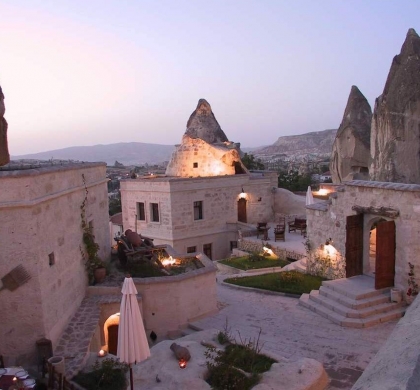
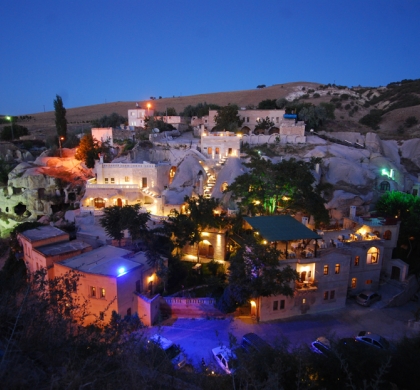
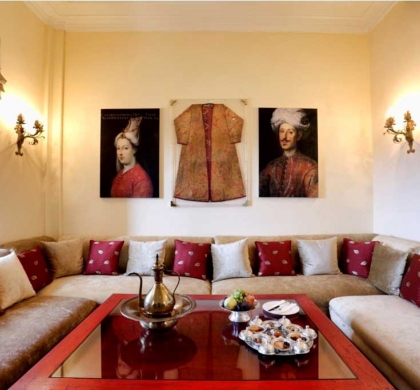
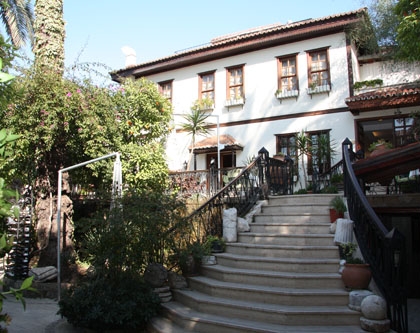
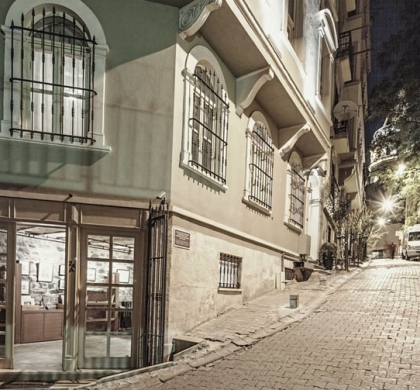


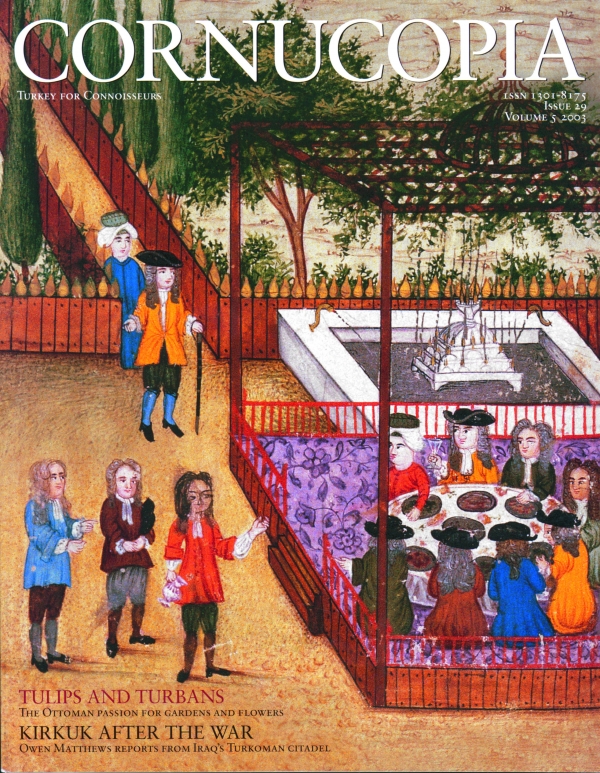
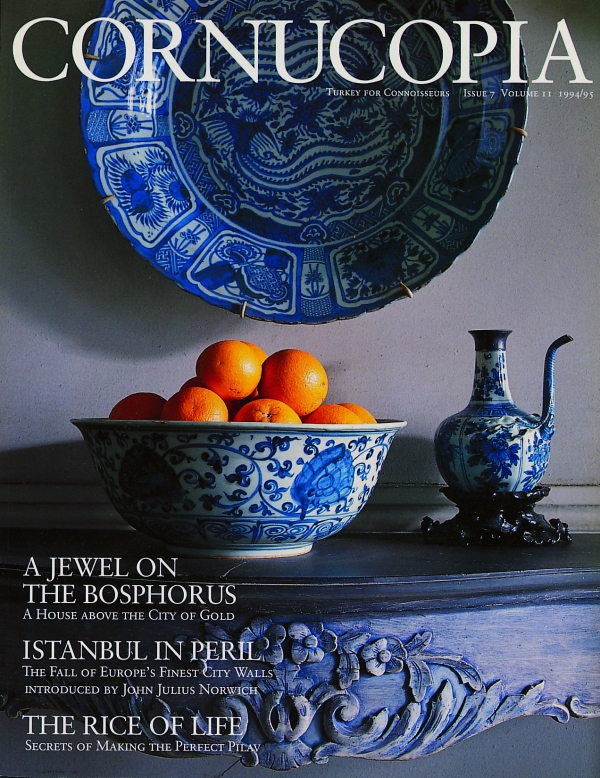

Cornucopia works in partnership with the digital publishing platform Exact Editions to offer individual and institutional subscribers unlimited access to a searchable archive of fascinating back issues and every newly published issue. The digital edition of Cornucopia is available cross-platform on web, iOS and Android and offers a comprehensive search function, allowing the title’s cultural content to be delved into at the touch of a button.
Digital Subscription: £18.99 / $18.99 (1 year)
Subscribe now